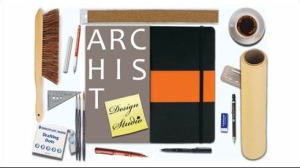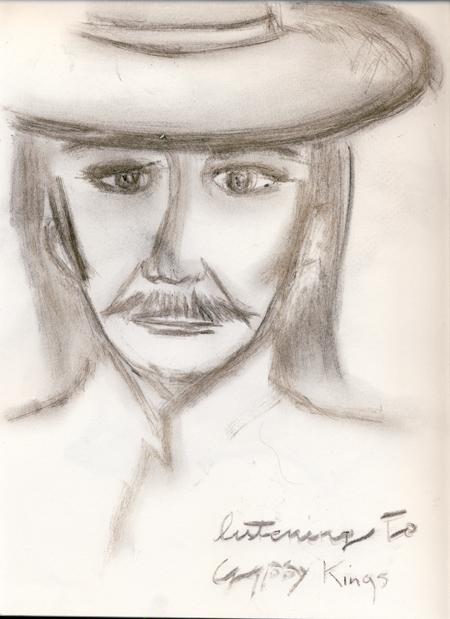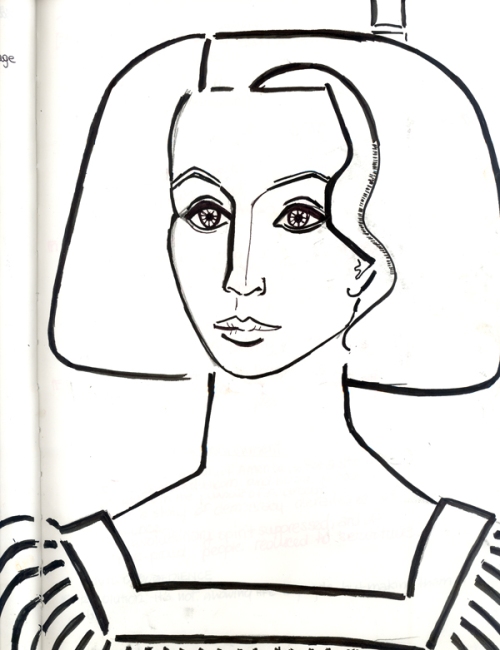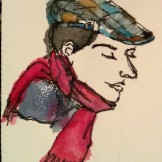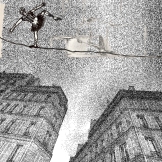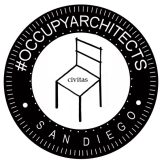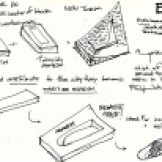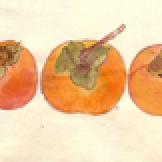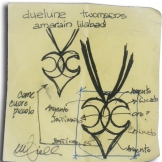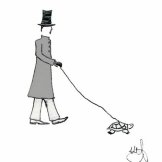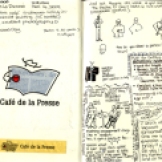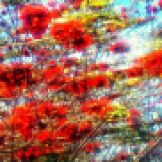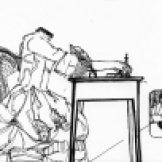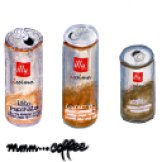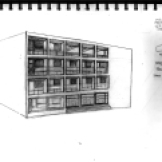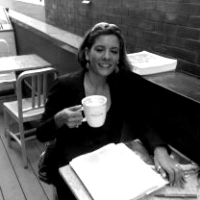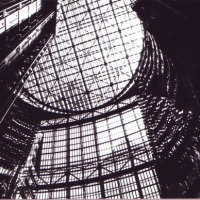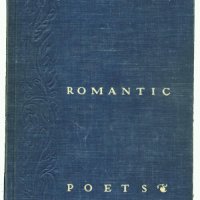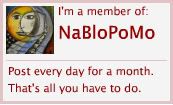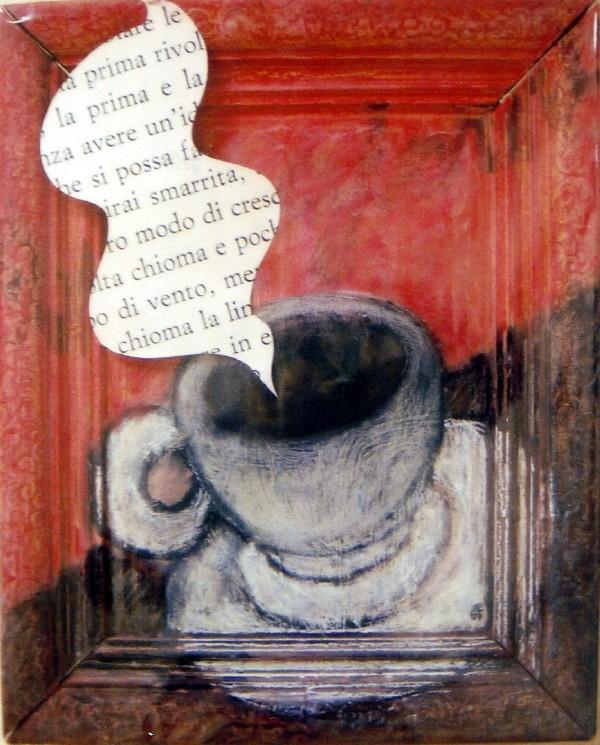
The exterior of Glashaus in the Barrio Logan neighborhood of San Diego, home of a growing number of art+design hubs.
Some of you, as I write this, are partaking of the festivities (and revelries) at Glashaus in Barrio Logan , San Diego for the Moustache Masquerade – Anniversary Party . Last week, Jamie Huffman of Surface Furniture was so kind to let me roam around the studio with my camera, arrange his tools and wooden cars and play with rusty, coppery dust.
I have in mind to try rust watercolors in a future session, and to film the vents turning intermittently with the haphazard breeze, a’ la American Beauty. There was so much to see at Glashaus, the Beauty of things made, the poetry of craft.
I am reading Gaston Bachelard’s Poetics of Space, of which John Stilgoe writes in his foreword:
The Poetics of Space is a prism through which all worlds from literary creation to housework to aesthetics to carpentry take on enhanced–and enchanted– significances.Every reader of it will never again see ordinary spaces in ordinary ways. Instead the reader will see with the soul or the eye, the glint of Gaston Bachelard.
Indeed, whatever spirituality we can imbue dwellings with starts with the choosing, crafting, and careful shaping of materials.
The resin vapors and the tools reminded me of my father’s and my uncle’s boat and motor repair/workshop in Calabria, Southern Italy, a place that I can only now appreciate in memory–as a kid I saw it as a bit random, a bit dangerous, a bit of a world foreign to me, perhaps unknowable as a little girl, a place of working men, wood shavings, tools and grease. I was drawn to the dogs that were kept there, the boats, big and small, that were stored under the sheds. My favorite parts was the orchard of fig trees in the back, the grape vines, the fields beyond the property wall.
Visiting Jamie’s studio reminded me of ‘the work of honest men’ and the Wabi Sabi principles of the aesthetics of rugged things. Running my hands on rough surfaces brought me closer to the material aspect of architecture, delighting in details, something that was definitely a learned trait for me.
Thank you so much for having me over, and Happy Anniversary to everyone at Glashaus.

The working space of Surface Furniture Studio and Make in the Glashaus.

Wooden cars designed and crafted by Jamie Huffman, a statement on mass production and commonplace of outsourced manufacturing products.


Surface Furniture Teardrop Travel Trailer
- Materia Prima.
- Jamie Huffman and some ubercool Army Surplus -reclaimed filing cabinets.
- Skateboard bases cafted by Surface Studio in collaboration with a high-end maker of customized skateboards. On the left, model of a door for an architecture project.
- Wood Shavings. I think they were Maple. They smelled like honey and amber…Jamie gave me some, and i put them, loose as they were, in my messenger bag. I wonder how they would fare in sachets, to preserve their fragrance and to be used as scented tokens.
- Sculpture by Matt Devine. Three Hundred and Eighty Seven Five Eights of an Inch Steel Rods. 2008. The sculpture is a physical representation of the sentence ” three hundred and eighty seven five eights of an inch steel rods.”
- Surface Furniture Teardrop Travel Trailer
























































